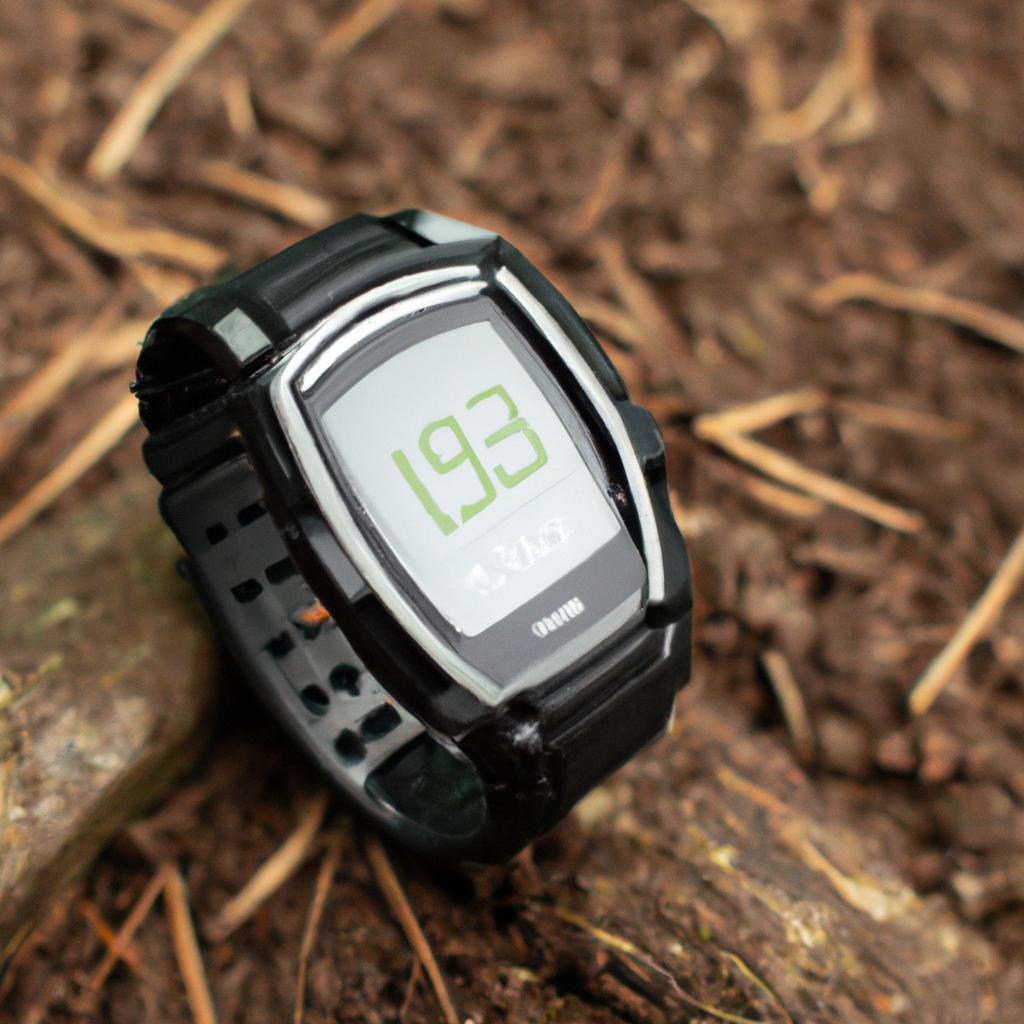**”Harnessing GPS Watches for Trail Navigation: Essential Tips for Exploring Unmarked Paths Safely and Effectively”**
# Harnessing GPS Watches for Trail Navigation: Essential Tips for Exploring Unmarked Paths Safely and Effectively
Exploring the great outdoors can be one of life’s most exhilarating experiences, particularly when it involves traversing unmarked trails. However, navigating these paths can also present significant challenges, especially if you’re not equipped with the right tools and knowledge. One of the most valuable tools for this task is a GPS watch. In this blog post, we will explore how to effectively use GPS watches for trail navigation, along with some essential nutrition tips, exercise advice, and health benefits to ensure your adventure is not only safe but also enjoyable.
## Understanding GPS Watches
### What is a GPS Watch?
A GPS watch is a wearable device that utilizes Global Positioning System (GPS) technology to determine your location. Unlike traditional maps, GPS watches provide real-time tracking, route planning, and navigation capabilities that are crucial when exploring unmarked paths. Many models also feature additional capabilities such as heart rate monitoring, activity tracking, and integration with fitness apps.
### Why Use a GPS Watch for Trail Navigation?
When venturing into the great outdoors, especially on unmarked trails, having a GPS watch can help you:
– **Stay Oriented**: GPS watches can provide real-time location updates, keeping you oriented.
– **Track Your Progress**: You can monitor your pace, distance, and elevation gain, which is essential for planning breaks and estimating arrival times.
– **Plan Routes**: Many GPS watches allow you to upload pre-planned routes or explore new paths based on user-generated data.
– **Emergency Features**: Some models include SOS features that can alert authorities to your location in case of emergencies.
## Essential Tips for Navigating with a GPS Watch
### Familiarize Yourself with Your Device
Before hitting the trails, take the time to familiarize yourself with your GPS watch. Read the user manual, explore its features, and practice using it in a familiar environment. Key features to master include:
– **Creating and Saving Routes**: Learn how to set waypoints and create routes based on your desired trail.
– **Understanding the Interface**: Knowing how to read the screen and access different functions quickly can save time during your adventure.
– **Battery Management**: Ensure you understand how to conserve battery life, especially during longer hikes.
### Download Offline Maps
In case of limited cell service or GPS signal interruptions, it’s wise to download offline maps. This allows you to access necessary navigation information even when you’re out of range. Many GPS watches support this feature, enabling you to save specific areas for easy reference.
### Regularly Check Your Location
While hiking, make it a habit to frequently check your GPS watch to ensure you’re on the right path. It’s easy to get sidetracked, especially on unmarked trails, so regularly verifying your location can help you avoid getting lost.
## Nutrition Tips for Trail Exploration
### Fueling Your Adventure
Proper nutrition is vital for maintaining energy levels during your hike. Here are some nutritional tips to consider:
– **Hydrate**: Always carry enough water and drink regularly to stay hydrated. Consider a hydration bladder for hands-free drinking.
– **Pack Nutrient-Dense Snacks**: Choose lightweight, high-energy snacks like nuts, energy bars, and dried fruits to keep your energy up without adding excessive weight to your pack.
– **Plan Your Meals**: If you’re going for an extended hike, plan your meals ahead of time. Consider lightweight dehydrated meal options that are easy to prepare.
## Exercise Advice
### Prepare Your Body
Before embarking on a challenging hike, it’s essential to prepare your body with a proper exercise regimen. Here are some tips:
– **Strength Training**: Incorporate strength exercises focusing on your legs, core, and back to build endurance and stability.
– **Cardiovascular Fitness**: Engage in regular cardio workouts, such as running or cycling, to improve your stamina and overall fitness.
– **Practice Hiking**: If possible, practice hiking on similar terrain to what you will encounter. Gradually increase your distance to build endurance.
## Health Benefits of Hiking
### Mental and Physical Well-Being
Hiking offers numerous health benefits, making it a fantastic way to explore the outdoors:
– **Physical Fitness**: Hiking is a full-body workout that improves cardiovascular health, builds muscle strength, and increases bone density.
– **Mental Clarity**: Spending time in nature has been shown to reduce stress, anxiety, and depression. The fresh air and scenic views can elevate your mood and promote mental well-being.
– **Connection with Nature**: Hiking connects you with the natural world, fostering a sense of adventure and discovery.
## Conclusion
Harnessing the capabilities of a GPS watch can significantly enhance your trail navigation experience, especially on unmarked paths. By familiarizing yourself with your device, preparing your body through exercise, and fueling your adventure with proper nutrition, you can explore the wilderness safely and effectively. So lace up your hiking boots, strap on your GPS watch, and prepare for an unforgettable journey into the great outdoors! Happy trails!















Post Comment